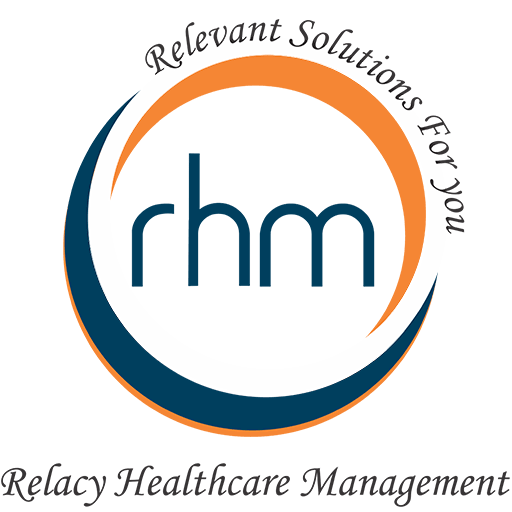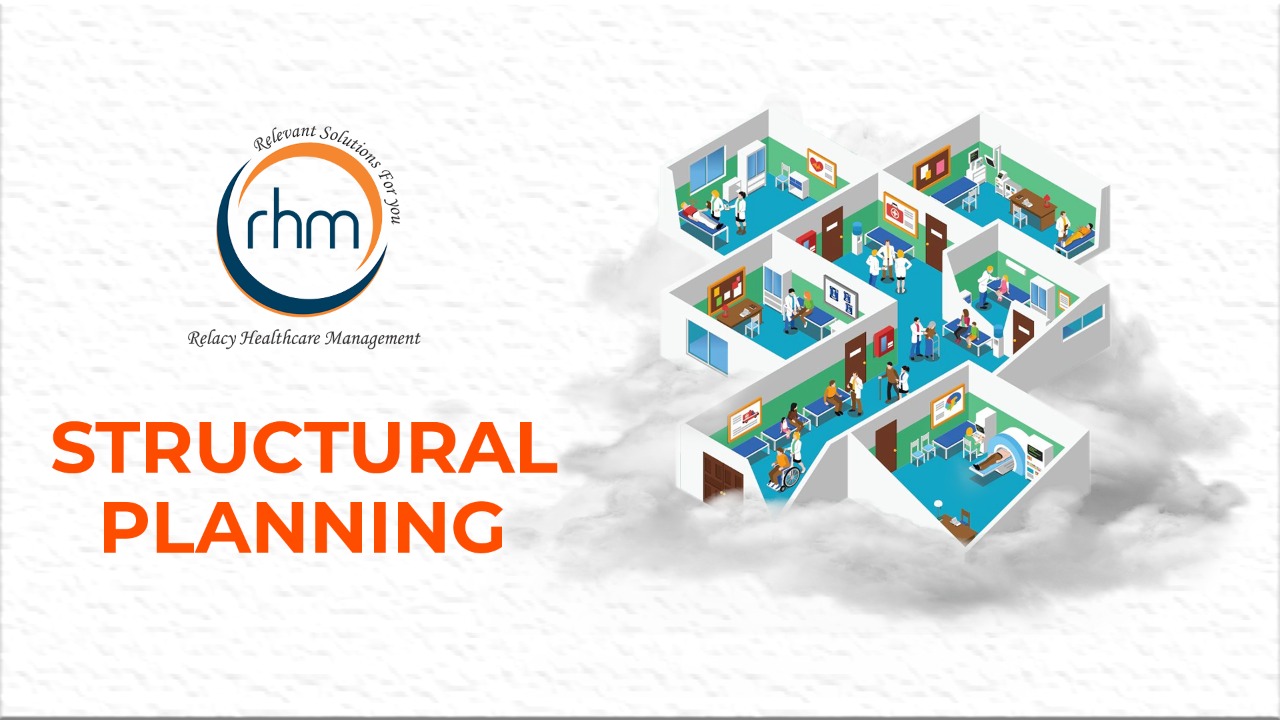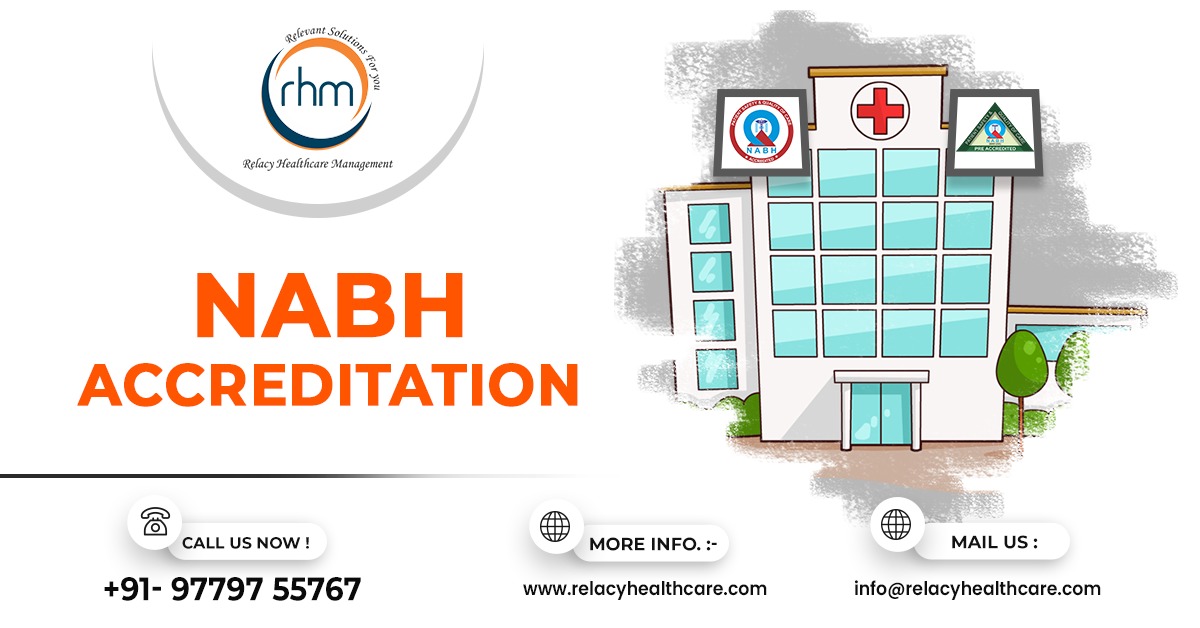All About BLS and ACLS Training & their Requirements
What are BLS and ACLS training?
Basic Life Support: There are many situations in which medical practitioners can offer treatment to patients, and BLS is the primary training for all of these individuals. The Basic Life Support (BLS) course is essential for healthcare workers.
Many different lifesaving skills and procedures are included in BLS, including CPR, chest compressions and rescue breathing, and pulse checks and breathing techniques. To ensure the best possible health results, BLS training courses teach students how to respond effectively in an emergency.
Advanced Cardiovascular Life Support: In ACLS, health practitioners apply the set of methods to treat a wide variety of illnesses, including cardiac arrest, myocardial infarctions (heart attacks), strokes, and other life-threatening crises. Using an ECG to decipher a patient’s cardiac rhythm is integral to ACLS training. Patients who require fluids and medications can only be administered by ACLS professionals capable of placing and maintaining advanced airways and inserting IVs or IOs.
What is the Difference between BLS and ACLS?
The main distinction between ACLS and BLS is advancement. Indeed, ACLS is much more advanced and complex training that builds upon the basic foundations you learn in BLS.
1. Audience
BLS teaches CPR, AED, and other basic life saving methods. Untrained individuals can do BLS in numerous scenarios. Training in BLS / CPR is essential for many professionals, including instructors, safeguards and caretakers. ACLS is completely designed for healthcare workers, and Anesthesiologists, dentists, and nurses are among those listed.
2. Healthcare Experience Requirement
For both courses, medical knowledge is helpful but not required. On the other hand, ACLS demands a sound medical background to pass. Almost all ACLS students have indeed completed BLS training. An ECG is necessary for any ACLS exam, and you will learn how to read ECGs during the training.
3. Pharmaceuticals
In contrast to the BLS certification, the ACLS certification provides the practitioner with medication guidelines. When you take an ACLS course, you’ll learn about a wide range of drugs, the circumstances in which they’re appropriate, and how to administer them.
BLS and ACLS Certifications
What is the purpose of ACLS training?
All complicated cardiovascular situations can be successfully handled with ACLS certification.
The following will be the emphasis of ACLS training:
● BLS knowledge is required for this.
● How to identify and respond appropriately to cardiac and respiratory arrests?
● A guide to helping and leading a resuscitation team
● In-depth knowledge of airway management
● The ACLS pharmacology
What is the purpose of BLS Certification?
The American Heart Association (AHA) includes two BLS certification programs, one for professionals and one for ordinary people. Only nursing students and nurses are eligible for this course.
BLS certification starts with basic life support training, and this is required for health practitioners, lifeguards, coaches, instructors, child care workers, and nursing facility employees.
A BLS training teaches fundamental lifesaving techniques that can be used when encountering someone who has stopped breathing or choked.
The practitioner needs to be recertified again after two years. Changing guidelines and approaches demand recertification to stay updated in your program.
When Should You Get BLS and ACLS Certification?
Nurses must have BLS and ACLS before applying for a position.
Healthcare Corporations provide these certifications to staff.
● Most job offers state that applicants must have their BLS or ACLS within 3-6 months of service. Recent nursing graduates may be exempt.
● Per diem nurses will be required to have these credentials. Nurses will schedule these courses with the unit and hospital educators.
BLS and ACLS are required for nurse jobs and are provided free of charge by hospitals.
Obtaining them before starting a job is not advised because you will be charged ahead.
FAQs related to BLS and ACLS training?
Question 1: How do I pass the BLS and ACLS Certification Exam?
Answer : BLS exams must have 25 questions, while ACLS exams have 50. Trainees learn how to respond to choking, cardiac arrest, stroke, respiratory failure and more.
Question 2: Why is accreditation essential to your profession?
Answer: The American Red Cross updated their BLS and ACLS training materials in 2019 to take advantage of a new learning platform and updated course materials. These were developed in partnership with Health Stream for healthcare professionals.
Question 3: What do we learn in the Basic Life Support (BLS) training?
Answer: The following topics will be are covered in detail in this course:
● CPR instruction for adults, children, and infants.
● AHA, Life Support System
● Use a automated external defibrillator
● Removal of foreign objects blocking the airway (ingestion) in adults and neonates


